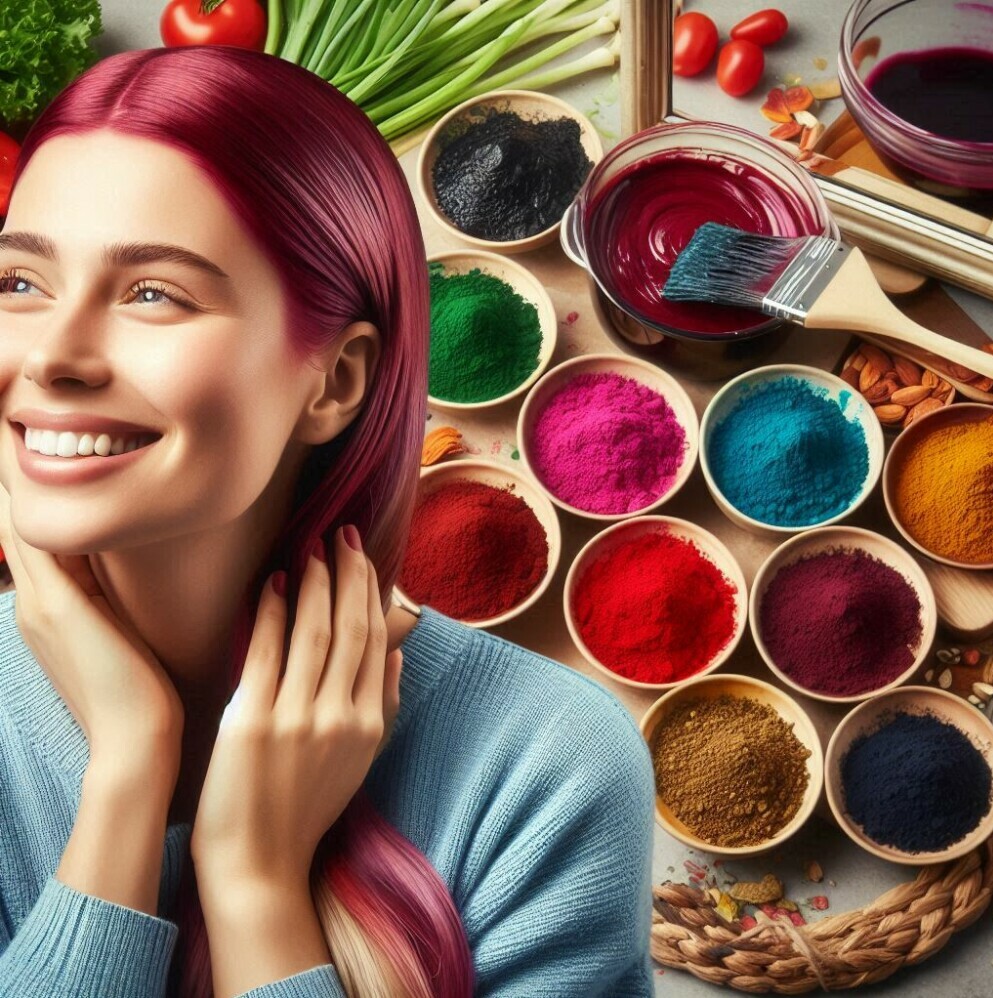
Introduction:
As awareness grows about the potential harm of harsh chemicals in beauty products, many are turning to chemical-free hair dyes. But what does “chemical-free” really mean, and how effective are these alternatives? This article will explore the world of natural hair coloring, providing you with the information you need to make informed decisions about your hair care routine.
Understanding “Chemical-Free” Hair Dyes:
First, it’s important to note that no hair dye is truly chemical-free. Even natural ingredients are made up of chemicals. What we’re really talking about are hair dyes free from harsh synthetic chemicals like ammonia, parabens, and PPD (p-Phenylenediamine).
Natural Alternatives:
Henna: This plant-based dye has been used for centuries. It typically produces red to reddish-brown shades and can also strengthen hair.
Indigo: Often used in combination with henna, indigo can create darker shades, including black.
Cassia: Sometimes called “neutral henna,” cassia can add golden tones to light hair.
Plant-based dyes: These include ingredients like beetroot (for red tones), coffee (for brown shades), and chamomile (for blonde highlights).
Semi-permanent vegetable dyes: These dyes coat the hair shaft without penetrating it, offering a gentler coloring option.

Pros of Chemical-Free Hair Dyes:
- Less damage to hair and scalp
- Reduced risk of allergic reactions
- Often provide additional hair benefits (e.g., conditioning, strengthening)
- Environmentally friendly
Cons to Consider:
- May not cover gray hair as effectively
- Limited color options compared to synthetic dyes
- Results can be less predictable
- May require more frequent application
- Can take longer to process
Application Tips:
- Always do a patch test, even with natural products.
- Prepare your hair by clarifying it to remove buildup.
- Protect your hairline and ears with a barrier cream.
- Follow instructions carefully, as natural dyes often require different processing times than conventional dyes.
Maintaining Your Color:
- Use color-safe, sulfate-free shampoos
- Limit washing to 2-3 times a week
- Protect hair from sun exposure
- Use cool water when rinsing
The Future of Chemical-Free Hair Dyes:
As demand grows, more companies are investing in research to develop effective, truly natural hair coloring options. Keep an eye out for innovations in this space.
Conclusion:
While chemical-free hair dyes may require more effort and experimentation, they offer a safer, more natural alternative to conventional hair coloring. By understanding your options and setting realistic expectations, you can achieve beautiful results while minimizing exposure to harsh chemicals.
Remember, everyone’s hair is different. What works for one person may not work for another, so don’t be afraid to experiment to find the best natural coloring solution for you.
Discover the Power of Organic, Clean, and Natural Living
At organic-look we’re passionate about holistic well-being and helping you live your best life naturally. Explore our articles on organic, clean, and natural living, and take your journey to the next level with our exclusive well-being products. From T-shirts and mugs to drawstring bags, stickers, and more—each item is designed to inspire and support your healthy lifestyle.
Shop Now for Unique Finds & Even More Variety!
Browse our collection today and show off your healthy lifestyle with pride
